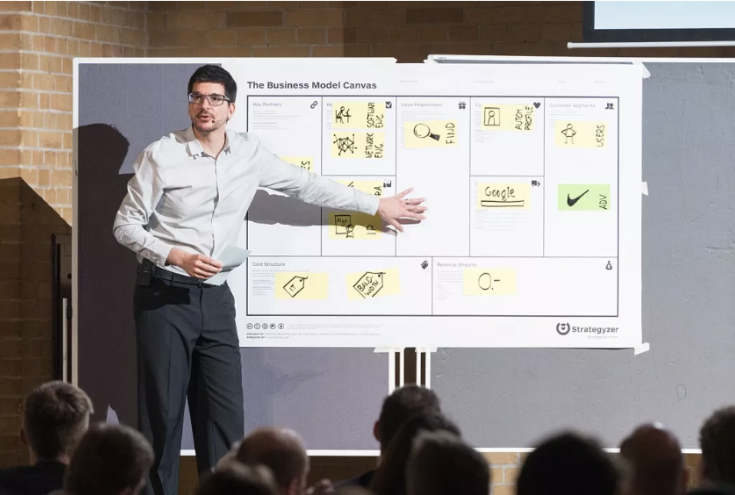
What Is the McKinsey 7S Model? A Holistic Framework to Understand Organizations for the Modern Workforce
In today’s rapidly changing work environment, understanding “our organization” is just as important as understanding “our job.” Technological disruption and unpredictable market conditions force companies to adapt constantly and employees who understand how their organizations work will be better equipped to contribute and drive meaningful change. One classic framework that provides a clear, comprehensive view is the McKinsey 7S Framework — a long-standing organizational analysis tool that remains highly relevant today. This model can be applied at the organizational level, the team level, and even for personal career structure and self-assessment. What is the McKinsey 7S Model? The McKinsey 7S Model is a management framework developed in the 1980s by McKinsey consultants Robert H. Waterman Jr. and Tom Peters. It analyzes and develops organizations by examining seven interconnected elements that must be aligned for the organization to function effectively. The 7 elements include: Strategy Structure Systems Shared Values Style Staff Skills Explaining Each of the 7S Elements (With Simple Examples) 1. Strategy The long-term plan is designed to achieve organizational goals and gain competitive advantage. Example: A company focused on innovation will invest more heavily in R&D rather than traditional marketing campaigns. 2. Structure The organizational hierarchy — how authority, responsibilities, and reporting lines are organized. Example: Startups often use a flat structure to accelerate decision-making and flexibility. Large corporations typically use a hierarchical structure with many layers to ensure control and standardization. 3. Systems The processes, procedures, and tools that support daily operations. Examples: Performance review systems Project approval workflows Internal CRM software Supply chain management systems 4. Shared Values (The Core of the Model) The deeply rooted principles and beliefs that guide employees’ behavior and form the foundation of the organizational culture. Examples: “Customer First” “Team Over Individual” “Trust & Transparency” 5. Style The leadership approach and overall management style within the organization. Examples: Participative leadership Authoritative leadership Coaching-style leadership 6. Staff The people in the organization including headcount, quality, recruitment, development, and employee well-being. Examples: Leadership development programs Diversity management Employee welfare and benefits 7. Skills The core competencies of the organization and the abilities of employees that create competitive advantage. Examples: Technical skills for an AI company Negotiation skills for sales teams Soft skills like critical thinking Benefits of Using the 7S Model in Organizations The 7S framework helps leaders and executives gain a deeper, more holistic understanding of organizational dynamics. It is useful for: Assessing readiness before major strategy shifts or mergers Diagnosing strengths and weaknesses across different organizational areas Aligning goals with culture, ensuring both hard and soft elements support growth Improving communication among HR, leaders, and management teams Creating a shared language and mindset across the organization Example: Applying the 7S Model in Real Life Scenario: A company transitioning from offline to digital Strategy: Add online channels Structure: Establish a dedicated Digital Team Systems: Implement CRM and automation tools Shared Values: Encourage experimentation and new ideas Style: Leaders adopt a coaching-based approach Staff: Hire Data and Digital specialists Skills: Upskill existing staff to use digital tools Using the 7S Model for Personal Career Growth Individuals can also apply 7S to analyze themselves: Strategy = Career goals Skills = Capabilities to develop Style = Your working style Shared Values = What you fundamentally believe and want from the workplace Tips for Applying the 7S Framework Effectively Don’t treat it as just a document — real conversations are needed. Start with Shared Values since they are the core of the model. Review structure and systems every 6 months to maintain alignment. Use it together with other tools like SWOT or Balanced Scorecard. Conclusion Understanding the 7S Model = Understanding the Organization The McKinsey 7S Model acts as a map that shows how every component of an organization is interconnected — not just strategy and structure, but also culture, skills, and people. Analyzing and aligning all seven elements helps organizations adapt to change and maintain long-term competitive advantage. For individuals, understanding your organization’s structure and values helps you grow faster, adapt better, and create meaningful impact. Want to enhance your management skills and understand organizational strategy more clearly? Explore professional development courses and articles for the modern workforce at 👉 www.jobcadu.com









%20copy%202.png)



